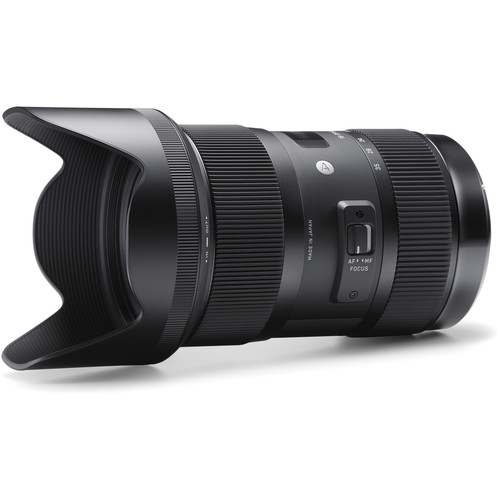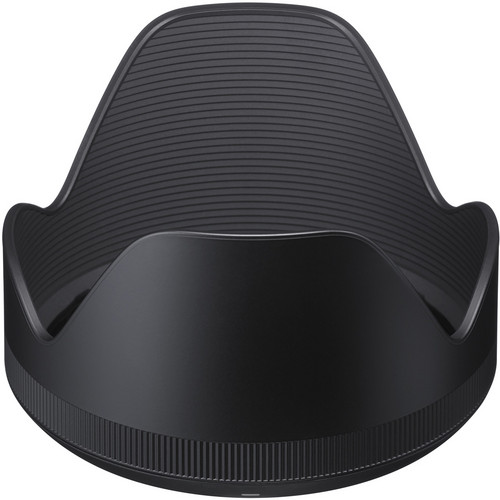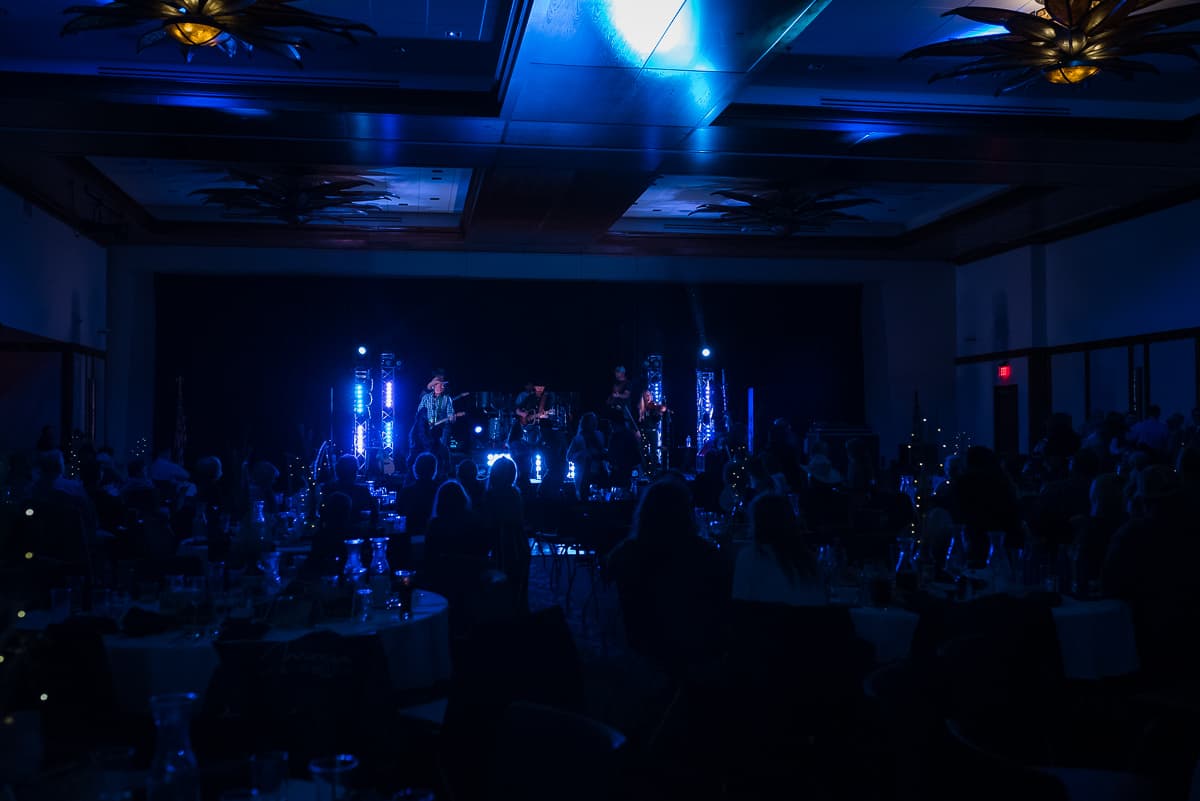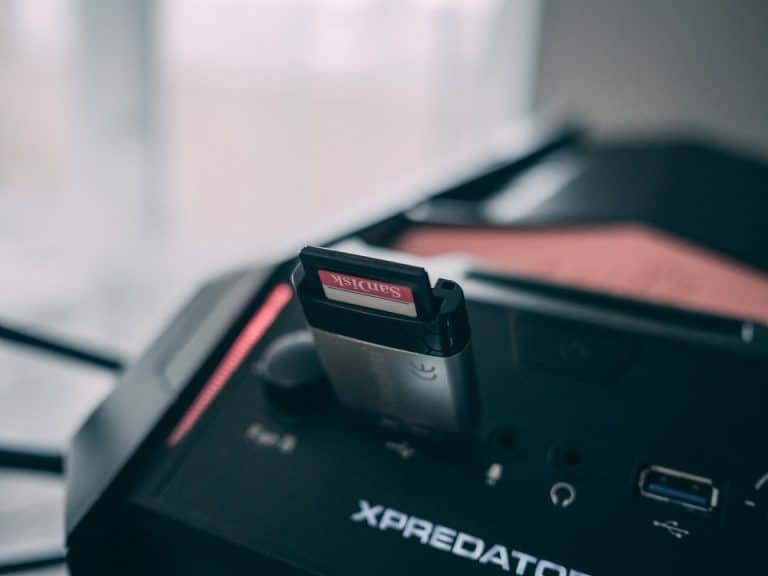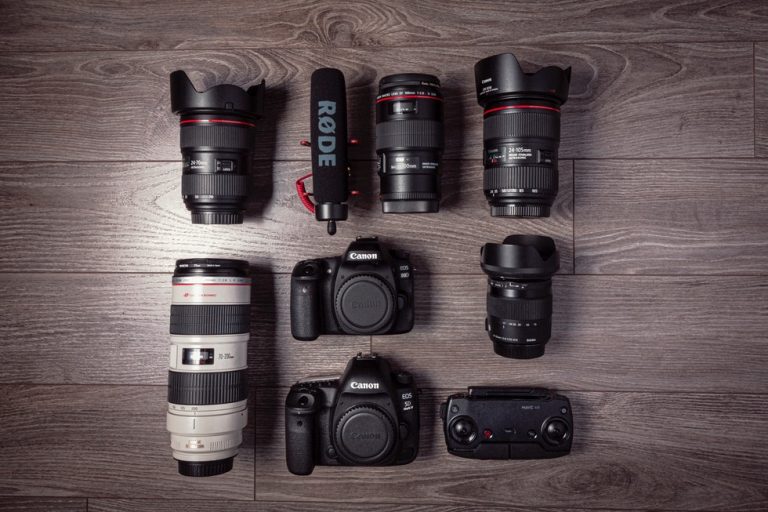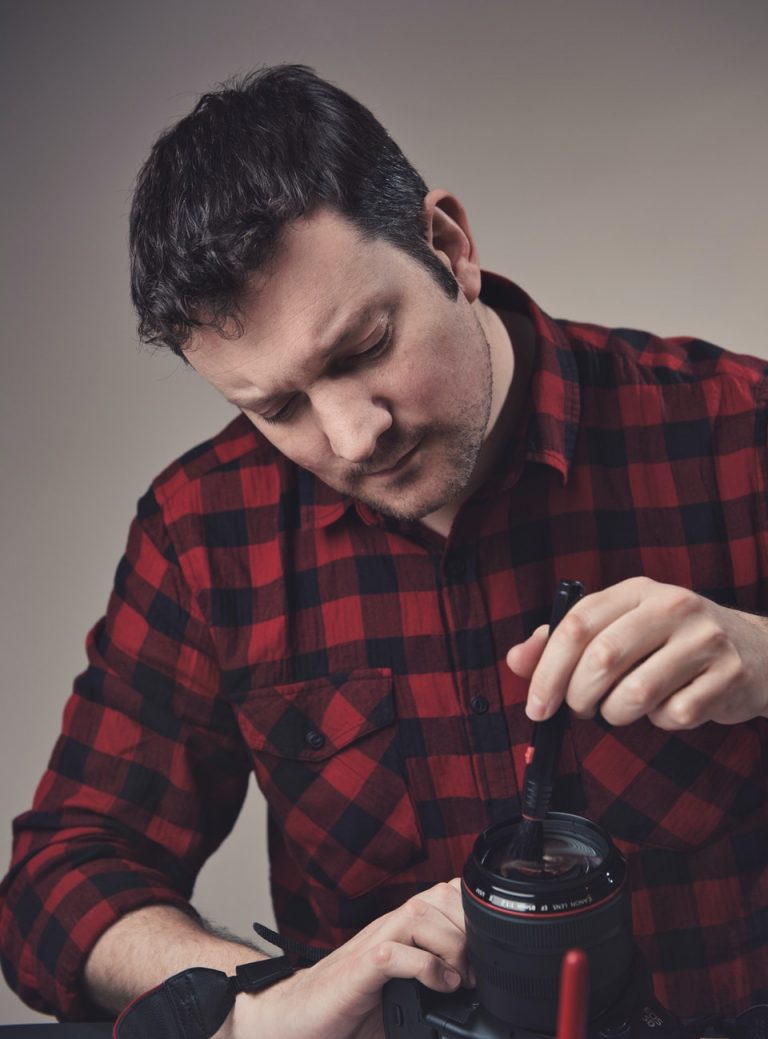Photographers everywhere rave about their Sigma Art lenses. But is the Sigma 35mm f/1.4 Art lens worth the hype?
When I needed a fast 35mm lens for my kit, I settled on the Sigma 35mm f/1.4 Art lens. It wasn’t without reservations. I’d read reviews but my experience with Sigma lenses was less than satisfactory. After lots of research, I joined the legions of Sigma owners. But is it worth the hype?
Today, I’ll give you my review of the Sigma 35mm f/1.4 Art lens after shooting with it for about six months. We’ll talk specifications and real-world performance, and I’ll tell you if the lens has made me into a Sigma convert or solidified my place as a Nikon snob. (Spoiler alert…I’m a believer.)
My history with 3rd party lenses
Back when I was learning photography in the late 1990s, third party lenses were well, let’s say subpar, to be polite. I shot some that were complete junk. These lenses were cheap and therefore more readily available to poor college students shooting for photography classes or the school newspaper. But they couldn’t stand up to the quality of their brand-name counterparts. We would literally play rock-paper-scissors to see who got to shoot the good glass and who was left with the third party lenses like Sigma.
So when I saw some really good portrait and wedding photographers raving about their Sigma lenses, I was skeptical at best. A little disdainful is probably more accurate. Please forgive me.
Now? Well, count me among the converts.
I’ve been shooting the Sigma 35mm f/1.4 Art lens for several months now and I’ve changed my tune. I love how this lens performs, its sharpness and contrast. And I love that I have a professional caliber 35mm lens for a fraction of what the name brand lens would cost.
Why do you need a 35mm lens?
A 35mm lens is a versatile lens that works great for street photographers, portrait photographers and landscape photographers. It’s great for shooting indoor events where you don’t have the space to back up, or if you just really love environmental portraits.
As I’ll talk about below, this is a story-telling lens. The 35mm lens was the standard photojournalism lens for a long time for this very reason. It’s a great lens choice for street, wedding, event, birth, documentary or even newborn photographers limited on space.
Sigma 35mm f/1.4 Art lens specifications
This review is based on my experience with the Nikon version of the Sigma 35mm f/1.4 ART lens. You can extrapolate this information for other versions, such as the Canon or Sony copies.
- Name: Sigma 35mm f/1.4 DG HSM Art lens for Nikon
- Focal length: 35mm on full-frames, around 50mm on crop-sensors (depending on your camera’s crop factor)
- Aperture range: f/1.4 to f/16
- Minimum focusing distance: 11.81”
- Lens elements: 13 elments in 11 groups; 9 rounded diaphragm blades
- Image Stabilization: No
- Filter Size: 67mm
- Length (without hood): 3.7’
- Weight: 1.5 lbs
- Lens hood: Yes, petal style
- Price: Around $650 right now (look around for a deal that includes the USB dock, a $60 value)
What are the Sigma Art lenses?
What does all that stuff in the name Sigma 35mm f/1.4 DG HSM Art mean? Well, DG means it’s made for full-frame digital cameras. This lens will work on a crop sensor, too. Full frame lenses work on crop bodies, but lenses designed for crop bodies aren’t fully compatible with full-frame cameras.
HSM stands for hyper sonic motor, Sigma’s lens motor technology. It’s designed to provide fast and quiet focusing.
The Art designation is Sigma’s way of declaring this line of lenses as their high-end portrait lenses. (Sigma also offers Sport lenses designed for action and a contemporary line, which is their budget line).
First Impressions
Initially, I wasn’t wild about this lens. Yeah, it was nice and the sharpness and color were great. But it didn’t wow me. I was underwhelmed with the lens and was discussing my issues with it with another photographer. After some discussion and review of my images with the lens, he quickly diagnosed my problem.
“It’s not the lens. It’s how you’re shooting it,” he told me. “This lens, this focal length is built to tell stories. Stop using it like a telephoto lens and start using it to tell stories.”
And he was exactly right. As a portrait photographer, I rely on my longer focal lengths most of the time. My two favorite lenses are my Tokina 100mm f/2.8 macro lens and the Nikon 70-200 f/2.8 zoom. They are my bread and butter lenses for the compression and isolation they can offer.
I tried shooting the Sigma 35mm f/1.4 ART lens as I would my telephoto lenses…just closer. And it felt weird. I was all up in my clients space and the proportions were off. Dave was right. It wasn’t the lens falling short, it was me. Since then I’ve worked at letting the Sigma 35mm lens help me tell a story. And now I’m a fan. It’s made me a better storyteller and a better photographer.
This is lens isn’t magic
This is a great lens. But it won’t magically make you an amazing photographer. I’ve seen lots of up-and-coming photographers invest in this lens and then feel disappointed and ripped off when their images aren’t suddenly better.
The Sigma 35mm f/1.4 ART lens is only as good as the photographer shooting it. To be honest, I’m still learning how to get the most out of this lens and use it more creatively. You’ll notice an improvement in your images in terms of sharpness, contrast and color when you step up from a kit or budget lens. But it’s not going to magically make you an award-winning photographer. You need to understand how to use the lens, compose creatively and pose for optimal images.
Now…on to the nuts and bolts of it all.
Focusing
I’ll address the elephant in the room…focus. Focusing issues have been one of the biggest complaints about this lens. If you read reviews from camera stores or on photography blogs, this comes up a lot.
The first copy I rented was a little soft. I didn’t have the dock, so I wasn’t able to fine-tune it. And I’ve heard and read of others having issues getting their copies to focus correctly.
So focusing accuracy was one of my concerns. I made sure I got a Sigma 35mm f/1.4 ART lens and the USB dock so I could adjust focus if I needed to. But my copy was right on straight out of the box.
Focusing speed was another concern. Some third-party lenses I’ve tried (like my beloved Tokina 100mm f/2.8 macro lens) are slow to focus and the motor sounds like a jumbo jet taking off in my ear. The Sigma 35mm lens was fast, quiet and crazy accurate. I haven’t shot them side by side, but I really feel like the Sigma is every bit as fast and accurate as the native Nikon 35mm f/1.4 lens I’ve used occasionally. I also can’t speak to how well it does shooting a football game in terms of handling, but for fast toddlers or dancing grooms, it’s pretty awesome.
It is also a champ in low light, as shown above. The lens grabbed focus despite our dark, dusty barn conditions.
Focus ring
I dislike the manual focus ring on this lens. It’s a little too tight and tends to slip some. My best way of describing it is herky-jerky. It takes some work to make fine adjustments. Not a huge problem as I’m shooting in auto-focus 99% of the time. If you’re a big user of manual focus, it might drive you to drink.
Bokeh
Here’s where this lens is really supposed to shine…in the bokeh. To be honest, I’m not a photographer that lives and dies by bokeh. So the nuances of the distinct quality of the bokeh orbs are lost on me. Either a lens’ bokeh is pretty or not. This lens has pretty bokeh. It does a great job of rendering backgrounds into creamy oblivion. If bokeh is your thing, you’ll love it.
Sharpness
The Sigma 35mm f/1.4 ART lens is as sharp as I could ever need it to be. Yes, I could split hairs about softness in the corners at f/1.4 (which it has) and softness across the frame at f/11 (which it also has). But in all practical terms, this lens is phenomenally sharp.
If you’re like me and you value sharpness and more depth-of-field than you do bokeh, shoot it at around f/2.8 for portraits. You’ll love it.
Build quality
This is a well-built lens. It is solid, with a mostly metal exterior, metal mount and plastic switches that feel substantial and sturdy. It actually feels sturdier than the Nikon version, which has a lot of plastic. The lens isn’t weather-sealed, however, so don’t go shooting it in a rainstorm with no protection.
This lens feels like it’s built to take some abuse. Okay, let me alter that statement…I know this lens can take some abuse. My copy took a tumble out of my camera bag not long after I bought it. The filter was dinged up and cracked but the lens still looks and works perfectly.
Lens hood
One thing I really dislike is the lens hood. It’s a plastic hood with a petal design. The thing is hard to get off and on but also pops off at random times. And if you don’t get it on perfectly, it swivels on the front of your lens and gets out of kilter and causes really weird vignetting in two corners of your frame. Of course, I didn’t realize this until after the shoot and saw the white vignette in my images. Grrrr. Now when I’m shooting with the hood on, I use a bit of gaffer tape to tape it onto my lens body and keep it from rotating.
Lens performance
Chromatic Aberration
The Sigma 35mm f/1.4 ART lens does a pretty good job avoiding chromatic aberration. I’ve gotten some purple and green fringing in high contrast areas, as shown in the unedited image above. But its easily fixed in post-production.
Not sure how to fix your chromatic aberration problems? Read this tutorial!
Vignetting
There is some obvious vignetting when the lens is wide open (even without the lens hood on). This isn’t unusual in a lens of this focal length. But it disappears completely around f/5.6 Again, this is something you can fix in post-production. If you’re shooting this lens on a crop-sensor camera, vignetting isn’t ever really a problem.
Sunstars
The Sigma 35mm lens has 9 rounded diaphragm blades, so sunstars take some work to achieve. I have to stop down to f/16 and hit it just right to get one, and they aren’t as “wow” as I’d like. If you’re a landscape shooter who loves sunstars, this isn’t the lens you’d want.
Distortion
There is a small amount of distortion in the corners with this lens when shot at very close distances or at infinity, which is typical of all wide-angle lenses. It’s much less obvious than other lenses I’ve shot. I had to really look for it to find it, and it’s easily corrected in post-production.
Color and contrast
Probably my favorite feature of the lens. Compared to my normal portrait lens, the colors feel a little more saturated, with deeper blacks and better contrast straight out of the camera. The image above is how color looks coming straight out of the camera. That is my style though. That might not be a selling point for you.
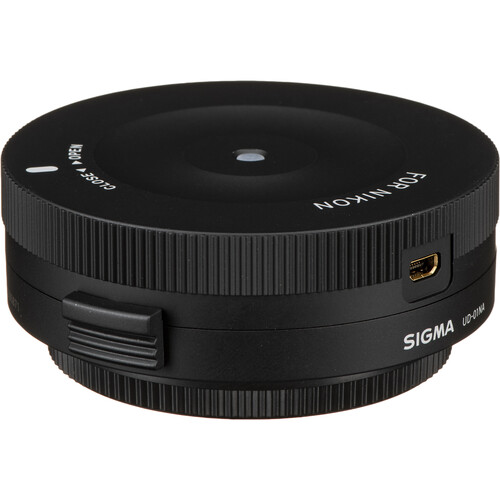
Focusing dock
Sigma offers a USB dock for some of their lenses. The dock allows you to update the lens’ firmware and make adjustments to the lens, like fine-tuning the focus. It locks onto the end of your lens where you snap it to the camera and connects to your computer via a USB cable. The dock works really well, but it’s an additional expense (around $60 if you buy it separately). And you have to have it to do any fine-tuning of your lens. The dock is only compatible with Sigma lenses (and not all Sigma lenses at that), but if you have multiple lenses that work with the dock, one dock will serve all those lenses. Meaning, if you get a dock for your Sigma 35mm f/1.4 and then get an 85mm f/1.4 later, the same dock works on both.
Sigma 35mm f/1.4 Art lens vs. Nikon 35mm f/1.4 lens
Is this lens as good as the Nikon 35mm f/1.4 lens?
Short answer? No. The Nikon lens is just a touch smoother when it comes to manual focusing and offers slightly better mechanics and weather sealing. I’d also give the Nikon the edge for focusing straight out of the box, as I’ve heard too many complaints of soft copies of this Sigma lens. I have zero complaints about any copy of the Nikon 35mm f/1.4 lens I’ve shot.
But this is still a darn nice lens that produces outstanding images. The Sigma 35mm f/1.4 ART lens is more than capable of shooting beautiful portraits and landscapes and at a fraction of the price. Right now, the Nikon 35mm f/1.4 lens is about $1,800 vs. less than $700 for the Sigma. So you’re paying almost three times the price for the native Nikon lens. The value of the Sigma is hard to beat considering the image quality is hardly discernible from that of the native Nikon lens in most situations.
If you go looking for differences, you’ll find them. But practically speaking, this lens is more than worthy of your consideration.
I haven’t shot the Canon 35mm f/1.4 lens, but I’m guessing the comparisons are similar.
I would advise to buy your copy from a known dealer with a good return policy and to invest in the dock. If you can’t get your copy dialed in on focusing easily, exchange it for a different copy. It’s a pain, but one that was worth the risk to save more than $1,000 for me.
Who is this lens for?
This Sigma lens is ideal for photographers looking to get an optically excellent lens at a great value. It’s great for any photographer who needs a fast 35mm lens for a full-frame camera, such as for weddings, events, and portraits. It’s also a really great lens equivalent of 50mm on a crop sensor, but you can save even more money buying a DX 35mm lens for crop bodies.
However, if I was shooting a 35mm lens on assignment in rugged, remote country on a regular basis, I’d save my money and get the native Nikon or Canon version. It’s weather-sealed and you don’t need a dock to fine-tune the focus. If ensuring my lens was compatible with all Nikon/Canon bodies well into the future, I’d also get a native lens. Third-party lens manufacturers aren’t privy to the inner workings of the camera manufacturer’s, so there’s a chance the Sigma 35mm f/1.4 ART lens won’t work with a future body you buy.
And if you want sharpness and focusing to be gnat’s sharp straight out of the box, skip this Sigma and get the Nikon.
But if you want an amazing lens at a great value and don’t mind some tweaking, stop being a snob and get the Sigma.
Final thoughts on the Sigma 35mm f/1.4 Art lens review
Sigma really has come a long way from my early days in photography. The Sigma 35mm f/1.4 ART lens is a quality piece of equipment at an affordable price. It’s fast, sharp and dependable. The lens has lived up to its hype and has earned a permanent place in my camera bag. I’m keeping this lens and thinking twice before being so snooty about third-party glass in the future.



